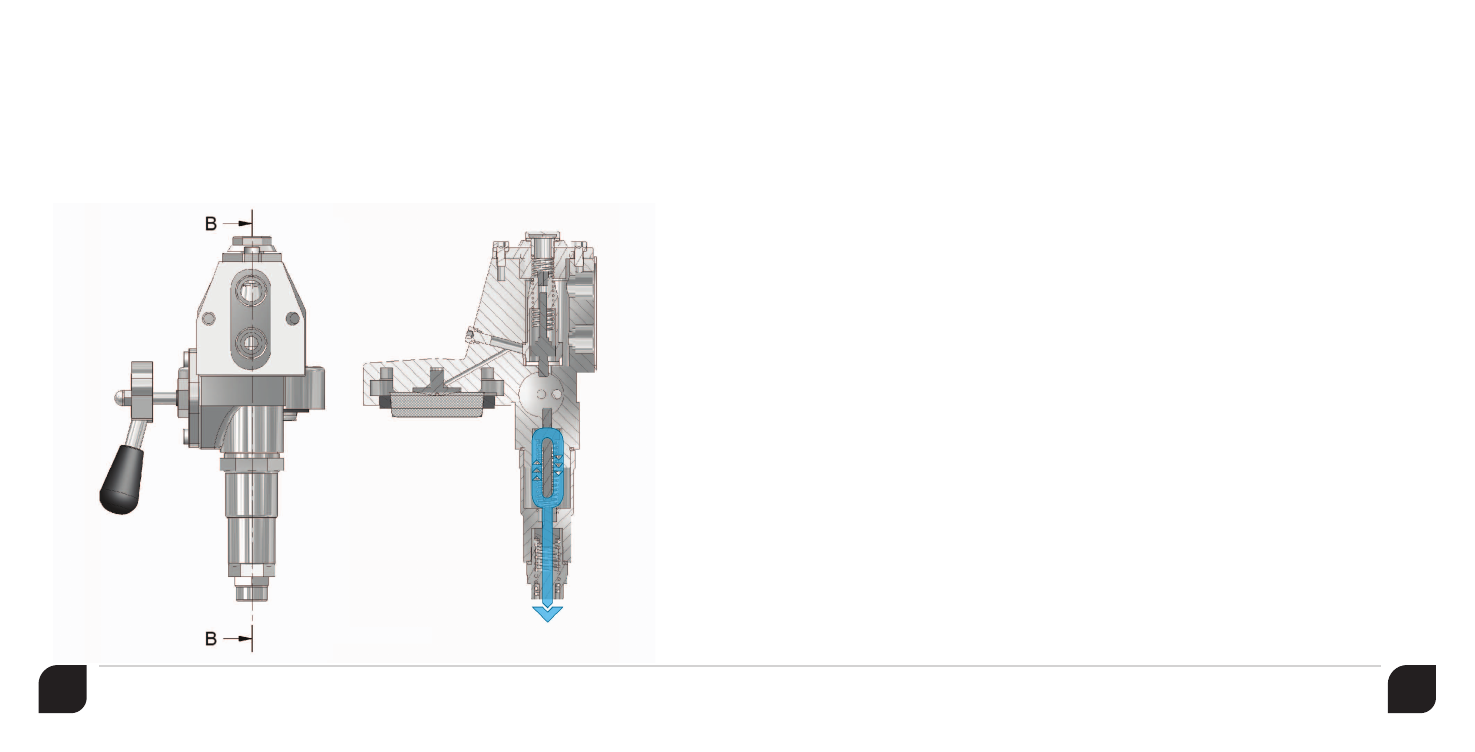It’s about the coffee – Vibiemme Domobar Junior User Manual
Page 9

16
17
3.6.2. Way Valve Operation
When the brewing process is stopped, the valve is returned to its off position. There is still some water,
under pressure, trapped above the coffee. When the brew path was closed to stop the flow of water
from the brew boiler to the coffee, it opened a path from the coffee, through the grouphead, and through
the 3-way valve which leads to the drip tray. A “woosh” of pressure is relieved sending the excess water
and coffee into the drip tray. This relieves all pressure on the brewing area so that the portafilter can be
immediately removed without fear of being sprayed by hot water or coffee grounds.
4. It’s About The Coffee
Let’s take a break just for a bit and talk about coffee. Whatever the beverage you intend to make with your
new Vibiemme espresso machine, they all start with two things- water and coffee. It should be apparent
that the coffee taste of the beverage, whether it be a strait espresso, an Americano, latte, or cappuccino,
comes from the coffee beans that you use.
First and foremost, it is critically important that the coffee you use be fresh. Whatever the brewing
method, fresh coffee is always important, but never more so than when making espresso. If you buy
coffee in bags or cans that say, “Best if Used By...,” followed by a date that is months away, you can just
about be sure that it is not fresh.
These beans, if properly packed, may be drinkable for the first day or so after opening, but it doesn’t take
long for them to begin to taste stale. For espresso, coffee that is more than about two or three weeks
old from the time it was roasted will probably not make the best possible beverage. The first time that
you are fortunate to pull some shots using coffee that is just a day or two old you will immediately notice
the difference. If you are not roasting coffee at home, the best source of whole-bean, freshly-roasted
coffee might be in your local community. Find a local coffee roaster that can supply you with fresh beans.
Ask them when they roast and try to pick up your beans as close to the roasting date as possible. If
you cannot find a local roaster look for an online reseller who can supply fresh beans. Don’t be afraid to
experiment. Order beans from various suppliers until you find something you like.
We mentioned “whole beans” in the previous paragraph. We recommend that you never use pre-ground coffee
in your Vibiemme espresso machine. When making espresso, the size of the coffee particles is critical and so
grinder adjustment is a huge part of making espresso. Beyond that, once coffee is ground it should be used
within in a few minutes. Whole beans, ground per use in a quality grinder, is the only way to get the best tasting
espresso from your new machine. In many ways the grinder is more important than the espresso machine!
The roast is also very important. One of the most widely-held misconceptions is that coffee beans used for
espresso need to be very dark roasted. If you look at the bins of stale coffee at the supermarket you will actually
see nearly-black beans in a bin marked “Espresso Roast.” That couldn’t possibly be much further from the truth.
There is no such thing as “Espresso Roast.” Very dark and oily beans are almost always over-roasted for
most any coffee making method, especially espresso. If you like the taste that dark-roasted coffee gives
then that is fine, but give yourself the opportunity to experience the taste of properly roasted coffee
which should only exhibit a few drops if oil here and there, and have a dark oak or mahogany color to
